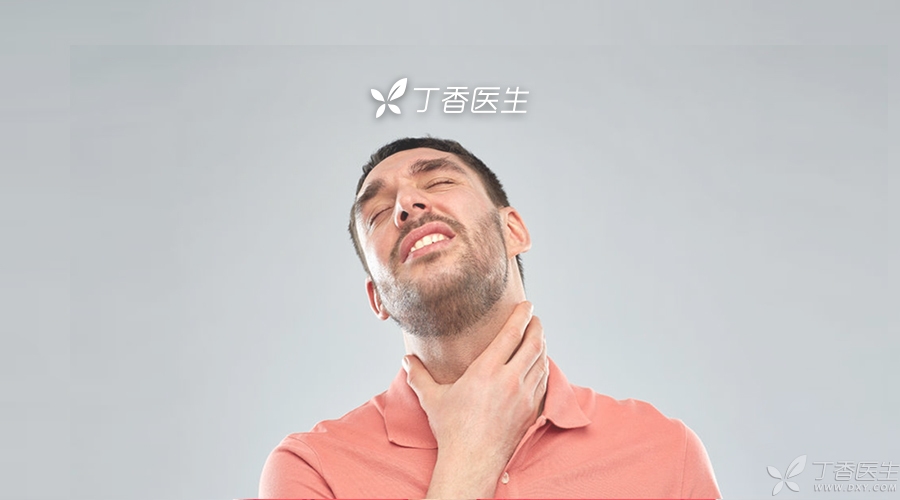
When eating, choking or choking is a common occurrence, and some people don’t even care too much.
However, choking on food is very dangerous for children with narrow airways. Foreign bodies can easily block the airway completely, causing airway obstruction and suffocation.
Airway obstruction is the second most dangerous condition after cardiac arrest. It often happens suddenly. It is possible that the child will choke when he is given a bean and turns to the kitchen to get something.
There are too many such tragedies.
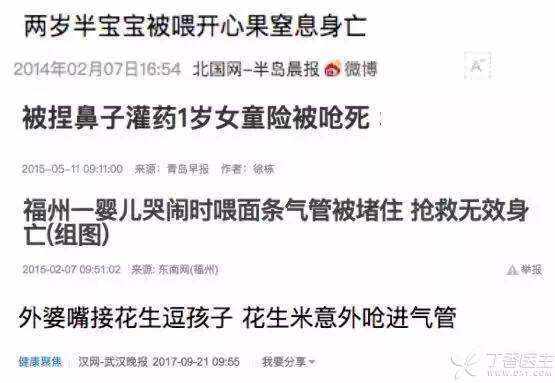
The effective time for rescue of airway obstruction is very short. Breathing is not smooth and the brain lacks oxygen. The longer the time, the more unable it will be. Even if it is rescued, it may cause irreversible damage.
The American Red Cross pointed out that the following risks will occur after breathing stops:
4 ~ 6 minutes: may cause brain injury;
6 ~ 10 minutes: brain injury is likely to be caused;
More than 10 minutes: It will definitely cause irreversible brain injury.
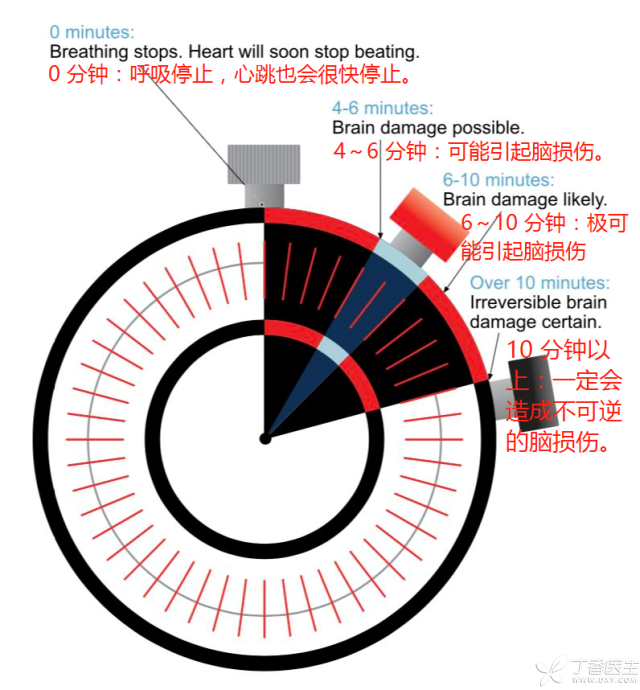
Not long ago, a one-year-old boy choked on melon seeds and died of ineffective rescue.
His emergency doctor wrote in his diary:
The most painful time for a doctor is when a life disappears from his eyes, and the greatest sorrow is when a life disappears, the feeling of powerlessness…
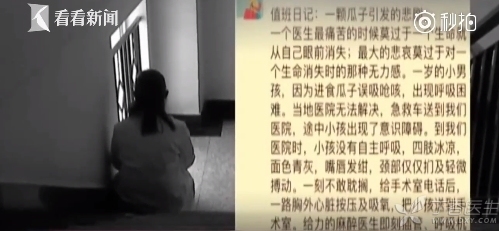
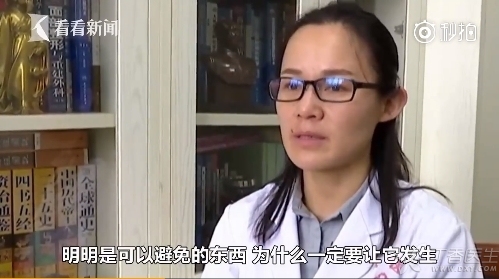
However, if every minute counts for first aid, there is a chance.
The other child was lucky to survive because he took the right first aid measures in time.
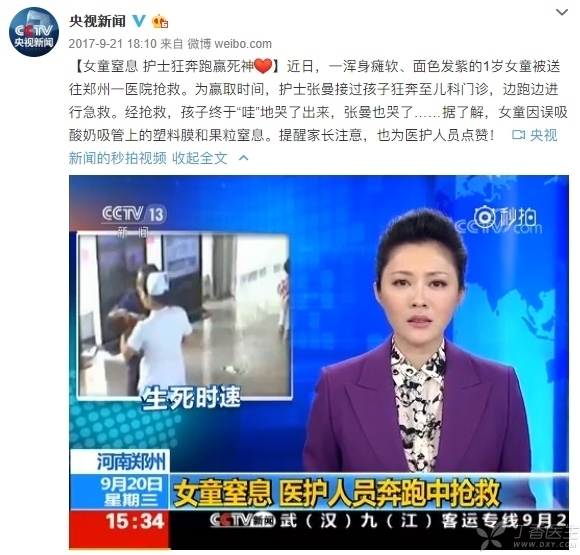
This kind of first aid measure is actually very easy to master-
Infants under 1 year old: pat back, press chest
If the child can make a sound or cry, try to make the child cough.
When the child still has a reaction, but can no longer speak or cry, the method of pat back + chest compression is adopted.
Step 1 Pat the back
Hold the baby’s face and neck with your left hand, turn the child face down, and place the child on the thigh of your left leg.
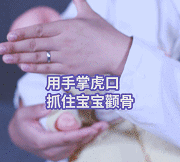
With the palm root of the right hand, beat the midpoint of the line connecting the child’s two shoulder blades for 5 times in a row to check whether the foreign body is discharged.
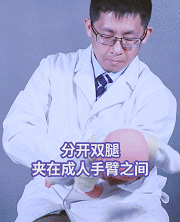
Step 2: Pressing the chest
If the foreign body is still not discharged, hold the child’s head and neck with your right hand and place it on your right leg.
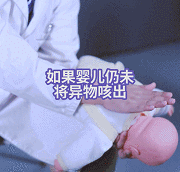
Use your index finger to find the midpoint of the line connecting your baby’s two breasts, and the middle finger will naturally fall below the midpoint of the two breasts after being closed together. Press 5 times in a row, with a frequency of 1 time per second.
After pressing continuously, check the child’s mouth for any obstruction. If so, remove it carefully. If it is still not discharged, dial 120 and start the next cycle from the back of the pat.
Children or adults over 1 year old: abdominal impact method
If the patient can still breathe or cough, encourage the patient to cough.
When the patient still has a reaction but is no longer able to speak or breathe, abdominal impact method (Heimlick first aid method) is used.
Step 1 Stand behind your back
Ask the patient if he cannot breathe. If the patient nods, tell him that you are going to start first aid.
According to the first aid advice given by the American Heart Association, the rescuer should stand behind the patient with one foot placed between the patient’s two legs. The right hand clenches the fist and the thumb is received into the palm to avoid hurting the patient.
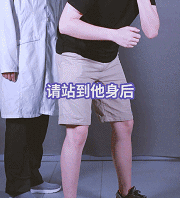
Step 2 Press the abdomen
Put your arms around the patient’s waist and find the two fingers above the navel. Make a fist with your right hand and aim your tiger’s mouth at the place. The left hand grabs the right hand and the two hands impact the abdomen obliquely from bottom to top.
If the patient is large or pregnant, chest impact should be given. Place both arms under the armpit of the patient and both hands on the lower half of the sternum, and impact with the same technique.
Continuous impact is required until the obstruction is discharged or the patient loses response.
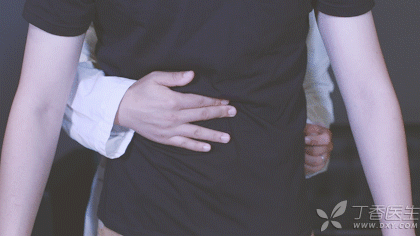
However, it should be noted that abdominal impact method is not only inapplicable to infants under 1 year old, but may even cause injuries.
No matter infants, young children or adults, if the other party loses response after airway obstruction, please immediately call the emergency number and start cardiopulmonary resuscitation including chest compressions and artificial respiration.
Even if the obstruction has been removed through the above methods, it is necessary to go to the hospital for examination, because the first aid operation may cause risks.
Dr. Clove sincerely hopes that everyone can learn.
More hopefully, no one will use it.
